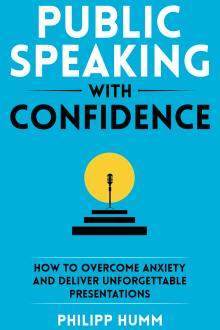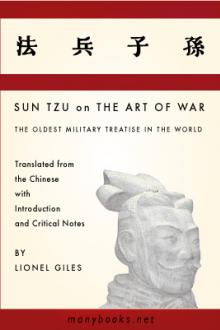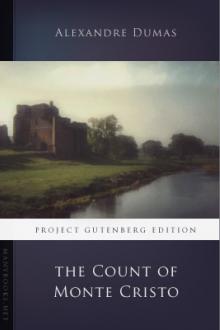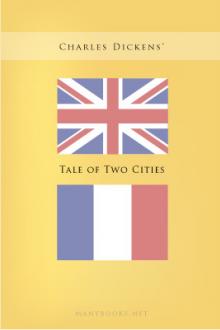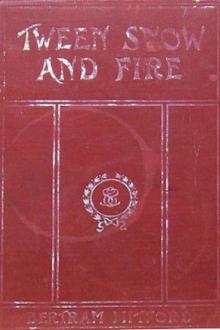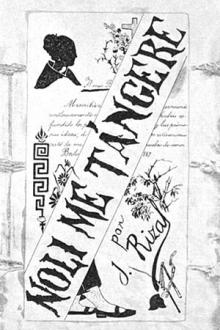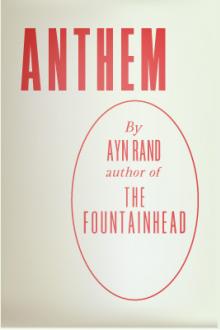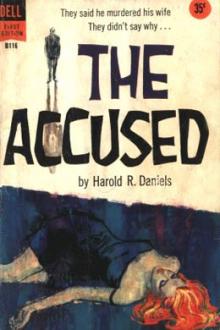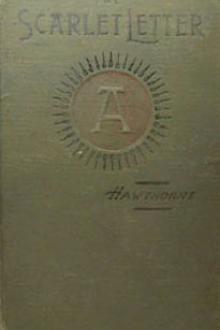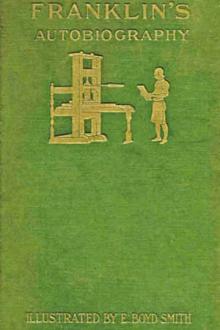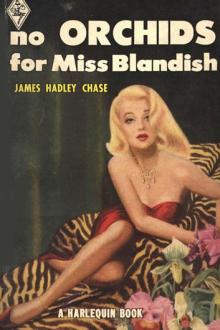Bloodletting Instruments in the National Museum of History and Technology
Bloodletting Instruments in the National Museum of History and Technology
Smithsonian Studies in History and Technology, Number 41
Book Excerpt
e, place and date of manufacture, and to augment our knowledge of the historical setting in which these instruments were used.
Bleeding: The History
The history of bloodletting has been marked by controversy. The extensive literature on bloodletting contains numerous polemical treatises that both extol and condemn the practice. Bloodletting was no sooner criticized as ineffective and dangerous than it was rescued from complete abandonment by a new group of zealous supporters.
From the time of Hippocrates (5th century B.C.)--and probably before, although no written record is available--bloodletting had its vocal advocates and heated opponents. In the 5th century B.C. Aegimious of Eris (470 B.C.), author of the first treatise on the pulse, opposed venesection, while Diogenes of Appolonia (430 B.C.), who described the vena cava with its main branches, was a proponent of the practice. Hippocrates, to whom no specific text on bloodletting is attributed, both approved and recommended venes
FREE EBOOKS AND DEALS
(view all)Popular books in History, Post-1930
Readers reviews
0.0
LoginSign up
Be the first to review this book
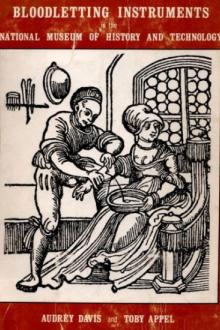
 Free Download
Free Download







